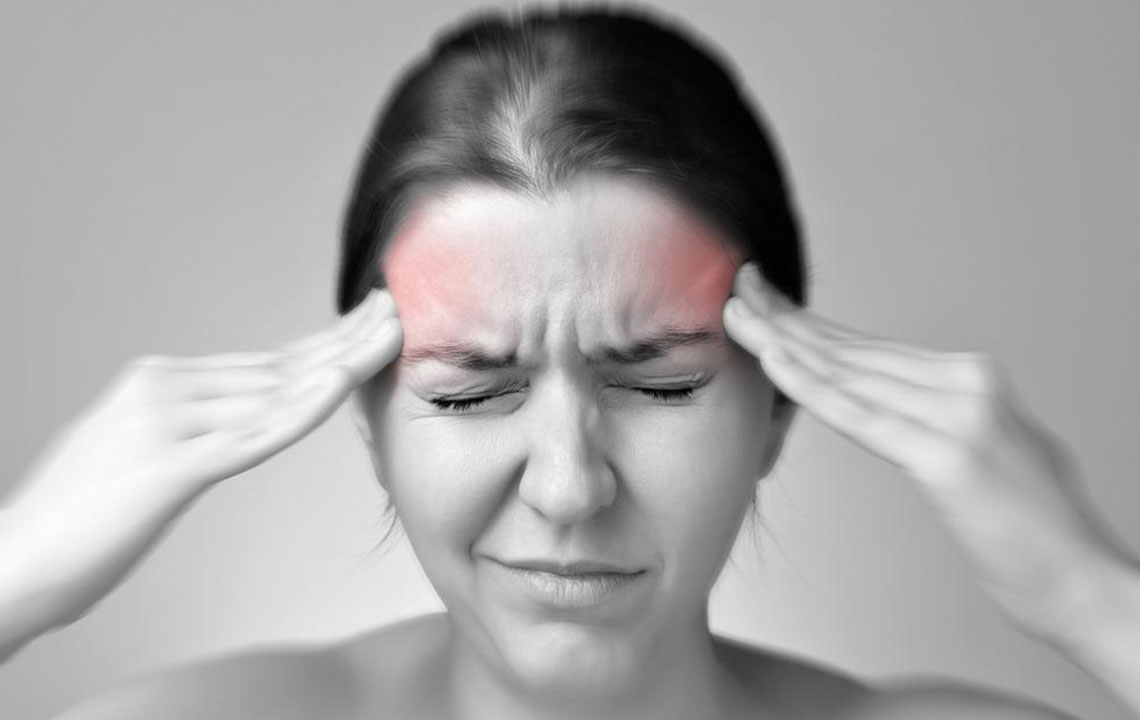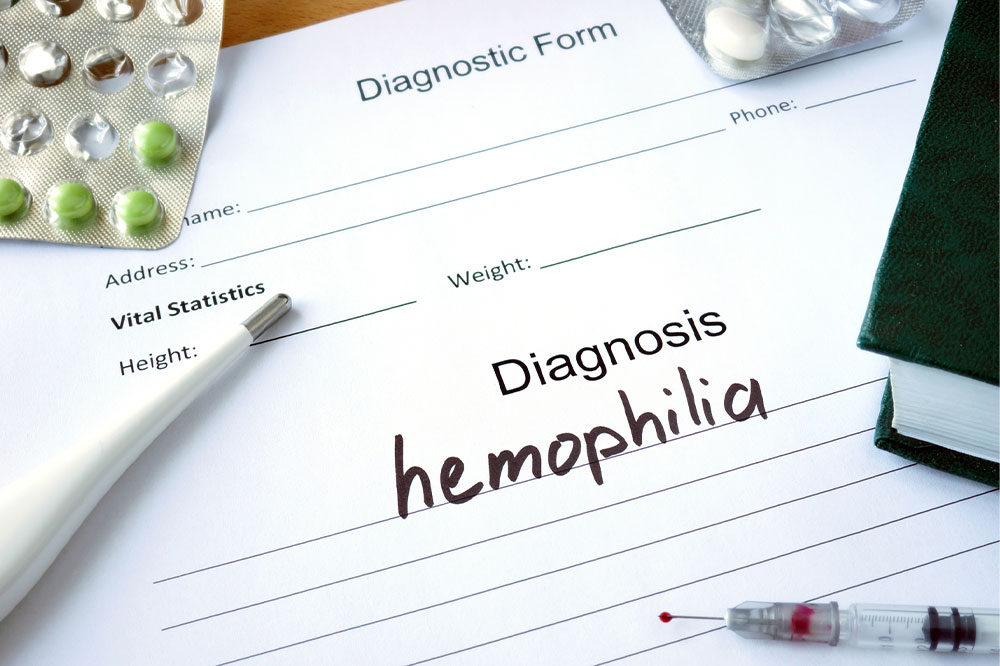Understanding Turner Syndrome: Causes, Signs, and Management Strategies
This comprehensive overview explains Turner syndrome, including its causes, symptoms, detection methods, and management options. Early diagnosis and tailored treatments such as growth hormone and hormone therapy significantly improve quality of life for affected females. Regular medical check-ups and professional guidance are essential for optimal care and health maintenance in women with Turner syndrome.

Understanding Turner Syndrome: Causes, Signs, and Management Strategies
Turner syndrome is a prevalent genetic condition that affects females exclusively. Typically, females have two X chromosomes, but in Turner syndrome, one is missing or abnormal. Proper diagnosis and understanding of the causes enable effective management, reducing health risks. Continue reading to learn about the syndrome and available treatment options.
What is Turner syndrome?
Chromosomes carry genetic information vital for development. Humans usually possess 46 chromosomes, including two sex chromosomes. Females normally have two X chromosomes, one of which forms the Barr body, while males have X and Y chromosomes. Turner syndrome results from abnormalities in these X chromosomes.
Turner syndrome is a genetic anomaly observed only in females, leading to infertility and increased risk for conditions such as osteoporosis, thyroid issues, autoimmune diseases, heart defects, hearing and vision problems, and high blood pressure. It is also known by names like congenital ovarian hypoplasia, monosomy X, and Bonnevie-Ullrich syndrome.
Causes of Turner syndrome
The syndrome occurs when one of the sex chromosomes is missing or incomplete, usually due to errors during cell division. Despite extensive research, the exact cause remains unknown, but common mechanisms include:
Monosomy: Total absence of an X chromosome, often caused by errors during sperm or egg formation.
Mosaicism: When some cells have normal chromosomes, while others have the abnormality, caused by faulty cell division early in development.
X chromosome abnormalities: Structural defects or missing genes on one of the X chromosomes can also cause Turner syndrome.
Detecting Turner syndrome
It affects approximately 1 in 2,500 girls globally. Prenatal tests, such as cell-free DNA analysis, can reveal signs like fluid build-up at the neck, abnormal kidney development, and heart malformations during pregnancy.
Signs and symptoms evolve from infancy to adulthood. Common early indicators include:
Low-set ears
Drooping eyelids
Low hairline
Swollen hands and feet
Flattened feet
Short neck or thick neck
As girls grow, symptoms may include stunted height, delayed puberty, high blood pressure, early menopause, and fertility issues. Physical features such as a broad chest and inward nail angles are also typical.
Diagnostic approaches
Karyotyping: Analyzes genetic material to identify missing or abnormal sex chromosomes.
Amniocentesis: Extraction of amniotic fluid for chromosomal analysis during pregnancy.
Blood tests: Maternal blood samples can detect chromosomal abnormalities.
Chorionic villus sampling: Tests placental tissue to confirm diagnosis.
Treatment options for Turner syndrome
While no cure exists, treatments aim to manage symptoms and improve quality of life. Early intervention is crucial, especially during adolescence.
Growth hormone therapy: Administered from early childhood to promote height and bone density.
Estrogen therapy: Initiated around ages 11-12 to trigger puberty, support secondary sexual characteristics, and maintain bone health. Lifelong hormone therapy may be necessary for uterus health and fertility considerations, including options like IVF with donor eggs for pregnancy.
Early diagnosis, regular health evaluations, and tailored treatments enable women with Turner syndrome to lead active, healthier lives. Consulting healthcare professionals is essential for personalized care and optimal outcomes.










